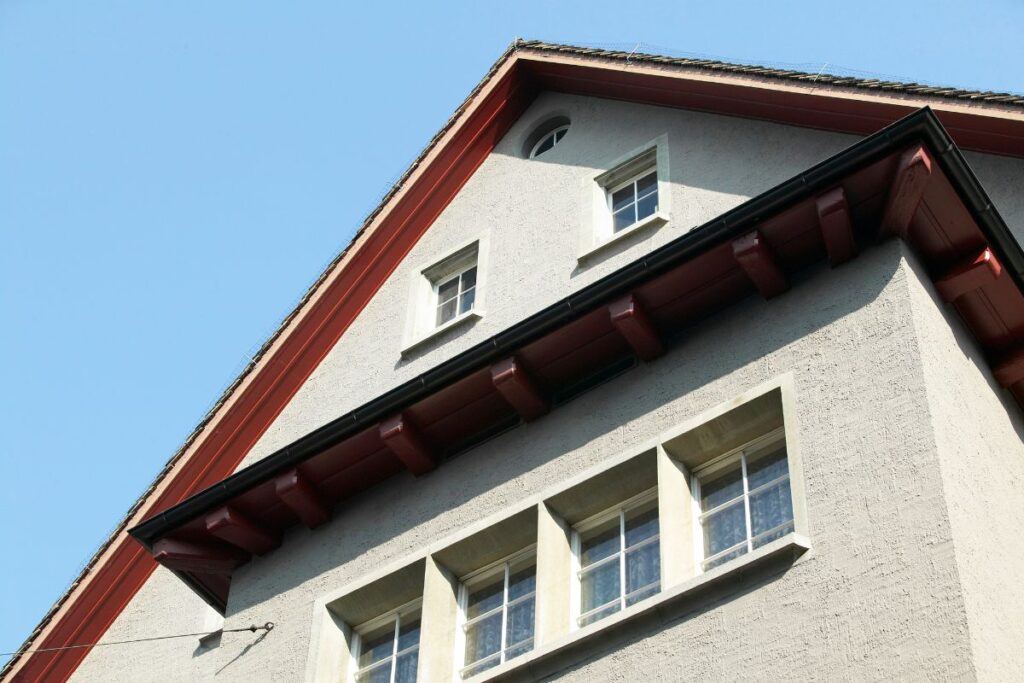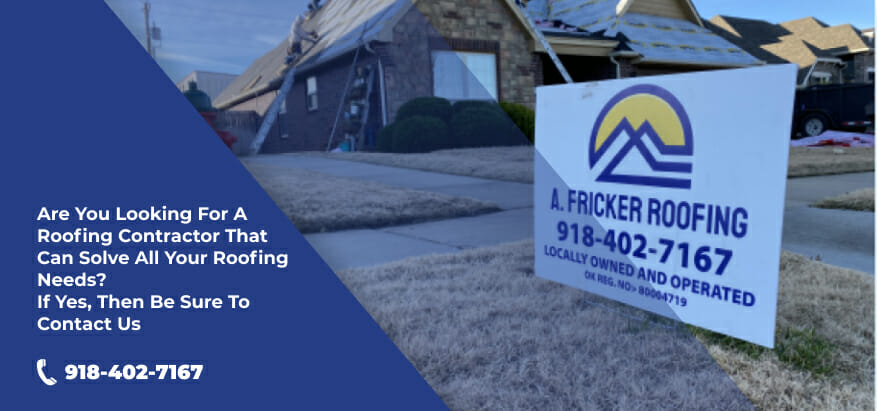If you are considering updating your home’s exterior, you are in the right place. Today, we have a great suggestion for your siding replacement project: stucco siding.
But what is stucco siding? How does it differ from other popular siding materials such as vinyl and fiber cement? All these questions can be concerning but don’t worry, we are here to help.
If you are also interested in installing stucco, it’s important to know all about it. This complete guide will walk you through everything you need to know about stucco siding, from its benefits to the installation process and maintenance requirements. Let’s dive in!
What Is Stucco?

Stucco is a popular choice for homeowners looking to achieve a smooth, textured look with a Mediterranean or southwestern flair. Stucco is made from a blend of cement, sand, lime, and water, creating a dense and long-lasting material that can withstand various weather conditions.
Additionally, stucco did not recently enter the siding industry, it has a long history. In the U.S., stucco gained popularity during the Spanish Colonial Revival period in the early 20th century and has remained a favorite choice for many homes since.
In fact, according to a report by Survey of Construction (SOC), stucco is the most popular siding material for new single-family homes in 2023. Stucco has the largest share of 26.8% followed by vinyl siding. The story was the same in 2022 and 2021 too!
Types Of Stucco

Stucco has emerged as a top siding material thanks to its durable composition, which makes it capable of withstanding harsh weather conditions. But over the years, this material has seen certain changes. Let’s look at the two major types of stucco.
Traditional Stucco Material
This type of stucco is the classic version made from the conventional mixture of cement, sand, and lime. The combination of sand, lime, and water provides the texture, while cement adds to the strength. This type of stucco is known for its durability and breathability, allowing moisture to evaporate rather than become trapped within the walls. This characteristic makes it particularly suitable for a variety of climates and provides long-lasting protection and aesthetic appeal.
Synthetic Stucco
On the other side of the ring is synthetic stucco. Also known as Exterior Insulation and Finish System (EIFS), this is a more modern take on this ancient material. Unlike cement, synthetic stucco uses synthetic polymers.
While EIFS is lightweight and offers better thermal performance than traditional stucco, it requires precise installation to prevent moisture issues. Also, due to its exceptional performance, it is more expensive than traditional stucco siding.
In summary, both traditional and synthetic stucco have unique advantages, making them suitable for different needs and preferences.
Benefits of Stucco Siding
Stucco siding offers numerous advantages, making it an attractive option for your home. Here are some of its key benefits:
Stucco Siding Is Fire, Pest, and Rot Resistant
One of the reasons you should consider installing a stucco siding is its high durability. Oklahoma’s weather can be quite unpredictable. The state witnesses its fair share of rain and snow with occasional storms, so you need a material that protects your home for decades. This is what stucco provides you due to its many layers.
Stucco’s fire-resistant properties add a significant safety advantage, as the cement-based material does not burn. Additionally, stucco is highly resistant to insects and pests, such as termites and carpenter ants, which are notorious for damaging wooden structures. Stucco is also impervious to rot and decay.
Energy Efficiency
Stucco’s high thermal resistance and insulating properties make it an effective choice for regulating indoor temperatures throughout the year. In the summer, stucco helps keep your home cool by reflecting heat away, while in the winter, it retains warmth, reducing the need for excessive heating.
This thermal regulation leads to lower energy consumption, resulting in cost savings on utility bills. Synthetic stucco, or EIFS, takes this benefit further by incorporating a layer of insulation that significantly enhances its energy efficiency.
Sound Insulation
The inherent thickness and density of stucco siding offer superior sound insulation, providing a quieter indoor environment. By dampening external noises such as traffic, construction, or neighborhood activity, stucco creates a more serene living space. This soundproofing capability is particularly beneficial for homes in bustling urban areas or near busy streets. The reduction in noise intrusion not only enhances comfort but also contributes to a more peaceful atmosphere inside the home.
Elevates Your Home’s Curb Appeal
One of the most important considerations you may have when installing new siding is how it will look on your home. This is where stucco siding excels. It creates a seamless layer around your home, eliminating seams and panels common in other types of siding. Plus, it is available in a range of colors so you can choose one that matches your aesthetic.
Problems With Stucco Siding
Stucco is an efficient siding option for your home, but it does have some problems too. Here are some things to consider:
Moisture Can Be A Problem
While stucco siding is fire and insect-resistant, the same cannot be said for moisture. Stucco is a porous material that is vulnerable to moisture damage.
Water can penetrate stucco if the waterproof barrier is compromised or the siding is damaged. This can lead to mold growth and even interior damage. The longer the moisture is trapped, the harder it will become to dry, causing further damage.
Prone To Cracks
Stucco is susceptible to cracking, particularly in regions that experience extreme temperature fluctuations. These temperature changes cause the material to expand and contract, leading to the formation of small cracks over time. While these minor cracks are common and typically not problematic, they should be monitored to ensure they do not worsen. Larger cracks, however, can compromise the integrity of the stucco, allowing moisture to penetrate and potentially cause further damage.
Risk Of Efflorescence
Efflorescence appears as a white, powdery residue on stucco surfaces, resulting from water-soluble salts migrating to the surface as moisture evaporates. Although efflorescence is not harmful, it can detract from the aesthetic appeal of your home’s exterior.
Also, this problem indicates water damage as the presence of efflorescence often indicates underlying moisture issues that you need to address immediately.
What Is The Cost Of Stucco Siding?
Now that you know the pros and cons of installing stucco for your home improvement project, it’s time to move towards another important aspect that can influence your decision: the cost. Here is how much stucco costs in Oklahoma.
The cost to install stucco siding ranges from $9 to $14 per square foot. So if your home is about 2,000 square feet, you can expect to pay anywhere between $18,000 to $28,000 including materials and installation.
How To Apply Stucco
Installing stucco is an intricate process because there are several layers involved. There are three types of stucco systems: 1-coat, 2-coat, and 3-coat systems. The number of coatings is different, but here is the basic structure of stucco siding.
- Before we apply the layers, a base needs to be set, also known as ‘lath’. A lath is a framework of metal or wood strips applied to the wall. It helps the stucco adhere to the surface.
- The first layer of stucco, also called a scratch coat, is applied over the lath and scratched with a tool to create a rough texture, allowing the next layer to bond effectively.
- The brown coat, the second layer of stucco, is applied over the scratch coat and smoothed to create an even surface.
- After these two layers, the final coat is applied.
Maintenance Tips
While stucco siding is low maintenance, it requires some care to ensure its longevity. Here are a few maintenance tips to keep your stucco in top shape:
Regular Inspections
Inspect your stucco siding at least once a year for cracks, chips, or signs of damage. Addressing minor issues when you first spot them can prevent them from becoming larger problems.
Cleaning
Yes, stucco is a low-maintenance type of siding, but you will still need to put some effort into ensuring that the siding remains in good condition. Stucco can accumulate dirt and debris over time. Use a hose (avoid a pressure washer) and a soft brush to clean the surface. Avoid harsh chemicals that could damage the finish.
Repairing Cracks
If you notice any cracks in your stucco, it’s essential to repair them promptly. Small cracks can be filled with a stucco patching compound, while larger cracks may require professional attention.
Repainting
One of the benefits of installing stucco is that you can paint it different colors. If your stucco siding is painted, consider repainting every 5 to 10 years to maintain its appearance. Use high-quality paint and consult a professional if you’re unsure about the process.
We Can Take Care Of Your Siding Replacement Project!
As you can see, stucco can be perfect for your home exterior. With its timeless appeal, energy efficiency, and low maintenance requirements, stucco offers a range of benefits that make it a popular option. Whether you choose traditional stucco or synthetic EIFS, A. Fricker Roofing and Waterproofing can help. We are the highest-rated siding installation company in Oklahoma. Contact us today at (918) 402-7167 to learn more about us.

